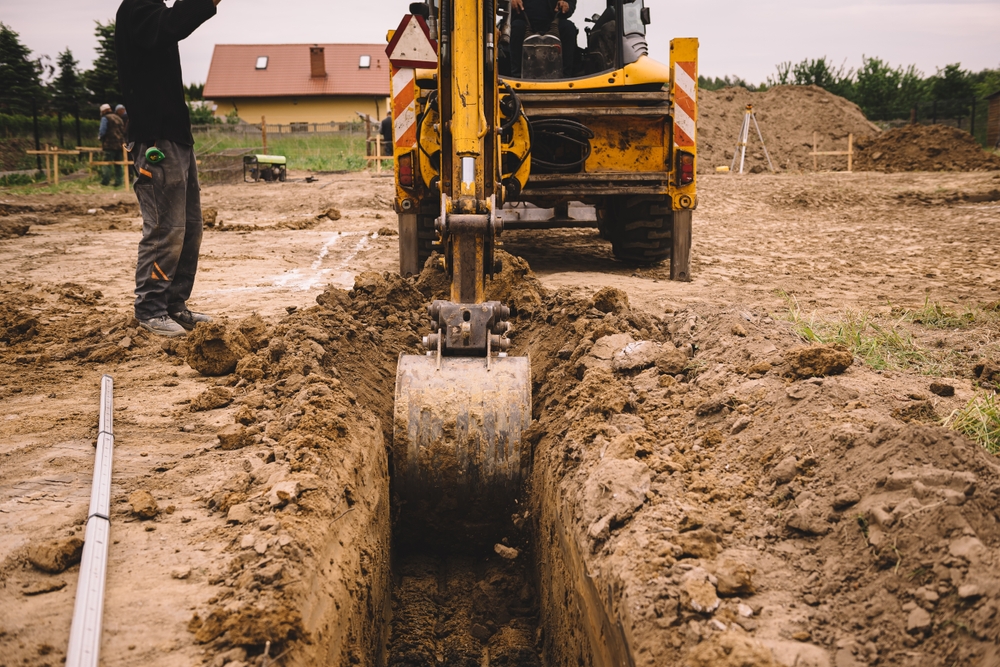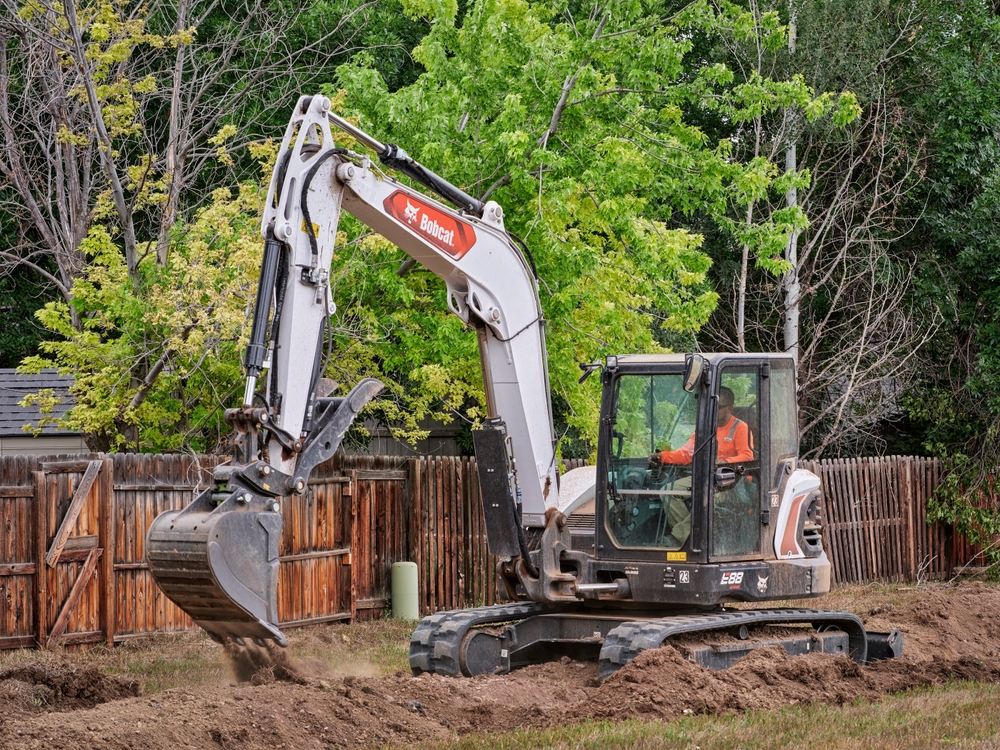
The equipment you choose for your project matters. Whether you’re working on a mining site, a construction job or a DIY project in your own backyard, your choice of machinery impacts the success and the costs of your tasks. Some machines are quite similar, so choosing the right one for the task can be confusing. Excavator vs. backhoe is one of the most notable examples.
Though excavators and backhoe loaders are similar pieces of equipment that serve many of the same functions, there are some important differences between them, too. Choose the right one and you’ll find it easier to complete your task on time and without exceeding your budget.
As a dry hire company in Brisbane with more than a decade of earthmoving experience, Ryno Hire knows a lot about choosing the right equipment for the task. If you’re wondering whether you should choose a backhoe loader vs. an excavator for your project, Ryno Hire can help. Here’s our guide to the main differences and why they matter.
Excavator Vs Backhoe: The Differences
Despite what the name suggests, a backhoe actually carries its bucket on its front, at the end of a jointed two-part arm. The opposite side has a front loader attachment, and the tractor/cab in the middle pivots so the operator can face the side in use. There is a range of attachments available ,and a backhoe can be used as a drill, a forklift or even a crane if necessary.
An excavator is a tracked or wheeled machine made up of a boom, dipper, bucket and chassis. Its strength lies in its digging arm and its ability to perform heavy lifting tasks.
Both are digging machines. Yet when it comes to choosing an excavator vs. a backhoe, there are a few crucial differences to consider:
Size
The main difference between the two machines is that excavators are larger and more powerful. If you’re working on a major project that needs as much grunt as possible, an excavator will have you better prepared. In Australia, excavators typically weigh between 7 and 45 tonnes, while backhoes usually weigh no more than 7.5 tonnes. Excavators can also weigh up to 180,000 lbs.
Mini excavators are similar in size to backhoes and in some respects almost interchangeable, with both easy to use for a variety of projects. But there are still differences to consider when you’re choosing between a backhoe vs. a mini excavator for your job. Mini excavators are better for jobs that require precise control compared to the more muscular backhoes. This makes them the perfect choice if you’re creating garden beds and ponds in your backyard, as you can easily avoid fences and gates. If raw power is crucial for the task and you have ample space to work with, you’ll find the grunt and versatility of a backhoe to be an efficient solution.
Mobility
For a heavy-duty piece of machinery, backhoes are capable of travelling at fast speeds, which makes them perfect if your project is spread out or you’re working across different locations.
Rotation
While backhoes can only reach a 200-degree rotation, an excavator can spin up to 360 degrees. A wider rotation range means faster handling of materials and more precise positioning of them, plus faster digging with fewer delays to reposition the machine.
Versatility
While both excavators and backhoes have plenty of attachment options, a backhoe’s slightly larger range allows you to carry out a greater variety of tasks and projects, including in spaces too tight or ground too uneven for an excavator’s heavier approach.
There are other factors to consider when deciding between excavator vs. backhoe, including your budget, your skill (or the skill of your machine operator) and how much access you have to equipment. However, the most important consideration is the activity for which you plan to use it.
Projects That Suit an Excavator

Due to their power and 360-degree rotation, excavators are an appropriate choice for large-scale, heavy-duty projects. The following activities will help you put an excavator to good use:
- Demolition
- Mining
- Landscape grading
- Property renovations
- Driving piles
- Dredging rivers
- Digging trenches for installing utilities
- Digging foundations for houses and other buildings
- Land clearing: removing trees, large rocks, etc., to make room for construction
- Forestry
- Drilling shafts
Projects That Suit a Backhoe
Backhoes are best for small-to-medium-size projects, but can perform a diverse variety of tasks, especially with suitable attachments. Some jobs a backhoe will help you complete include:
- Farming
- Uprooting trees
- Work that’s spread out across multiple areas or locations
- Loading and unloading materials like dirt, gravel, etc.
- Home and backyard renovations (e.g. creating space for a pool or pond)
- Building fences
- Moving or removing materials like hay, snow, etc.
- Digging trenches and grading slopes, etc., for road construction
- Small demolition tasks like breaking up concrete
Dry Hire Machinery at Ryno Hire

Finding the right equipment for the job is easier with Ryno Hire, a family-owned and operated business specialising in Brisbane machinery hire.
Ryno Hire specialises in dry hire, which means if you’re over 21, you can hire equipment to operate yourself, saving you money on paying an operator. All you need to provide is a valid open Australian driver’s licence.
Ryno Hire’s extensive equipment range includes excavators of different sizes and strengths to suit everything from small backyard jobs to heavy-duty tasks that require real power. You can hire an excavator, along with attachments and accessories, for as little as a day to as long as a year. Our excavators are equipped to assist you with a range of tasks, from property renovations and landscaping to demolition work. Choose something light and nimble, such as a one-tonne generator, or opt for an 8-tonne unit when you have a massive project to build.
If you’re still wondering ‘excavator vs. backhoe?’ or you just need some expert advice on choosing the right machinery, contact the Ryno Hire team.


